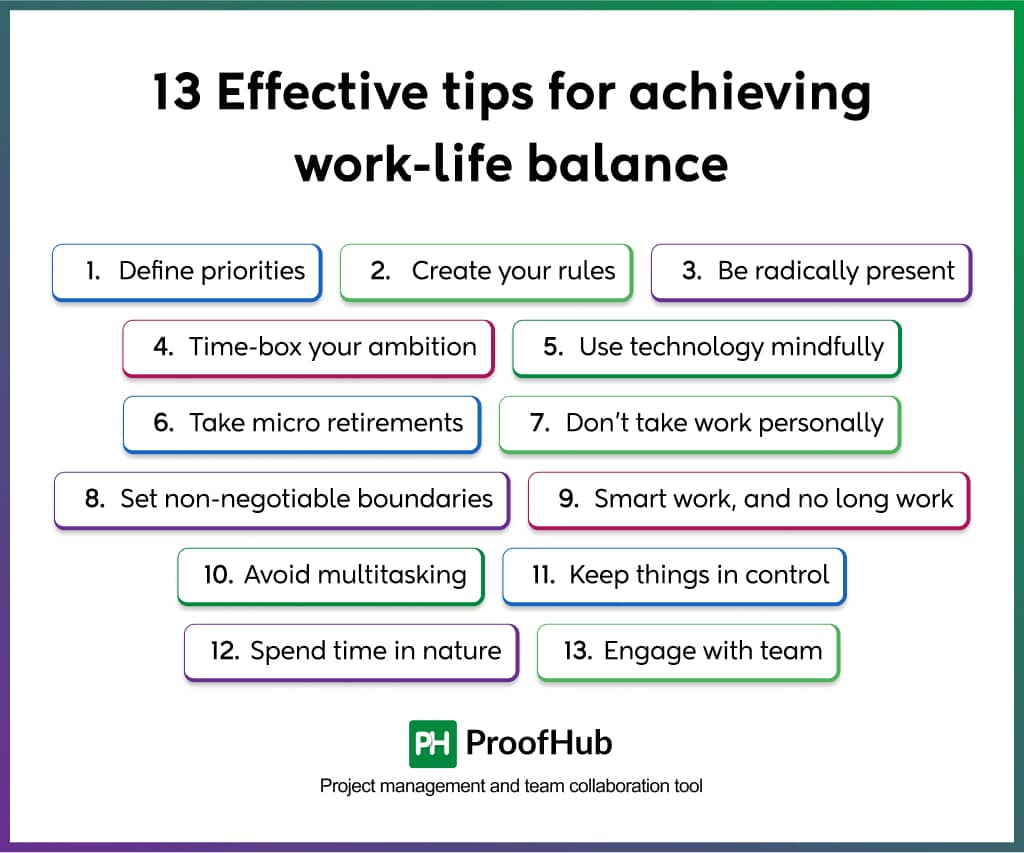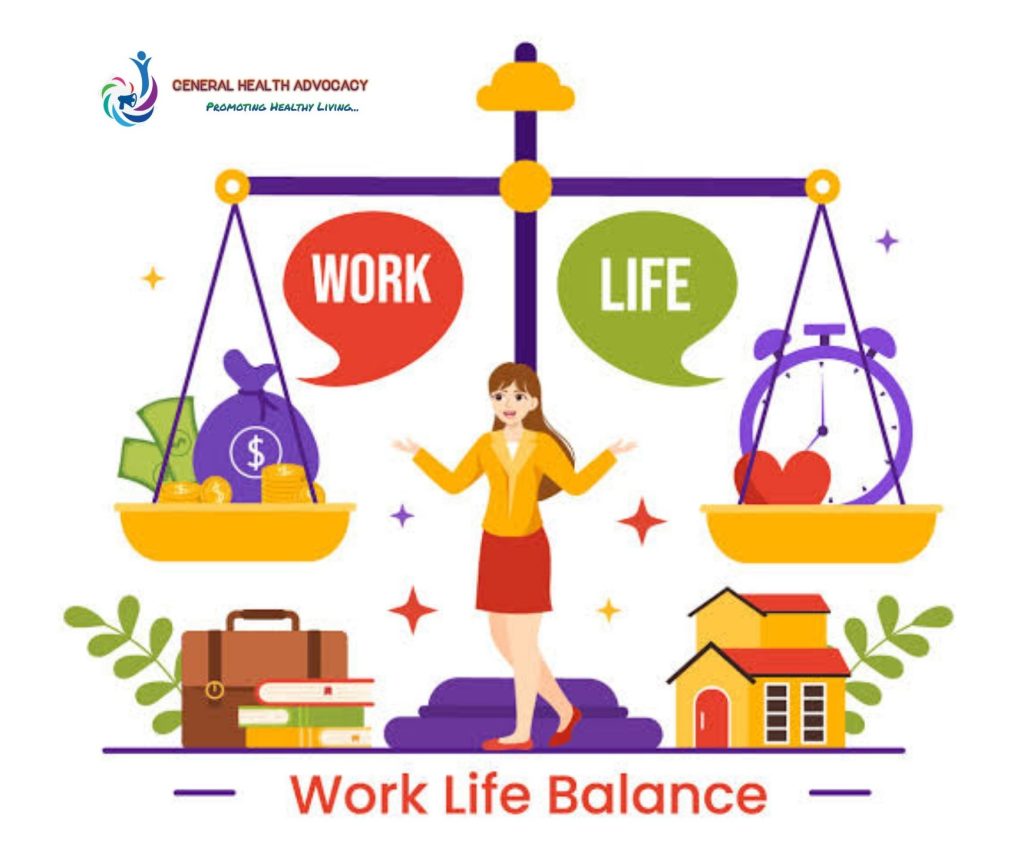Finding Harmony: Tips for Achieving Mental Health and Work-Life Balance
Author and speaker on mindfulness in daily life.

Author and speaker on mindfulness in daily life.

— in Productivity
— in Stress Management
— in Mental Health
— in Productivity
— in Wellness
Mental health is not just a personal issue. It is a workplace issue, impacting performance, morale, and organizational culture.
Poor mental health costs the global economy $1 trillion annually in lost productivity. Workplaces that prioritize mental health foster trust, loyalty, and higher performance.
Work-life balance is often misunderstood as a 50/50 split between work and personal life. It is about maximizing joy and minimizing stress.

This balance is dynamic and fluid, changing based on your priorities and needs. It is about finding satisfaction in both work and personal activities.
Knowing the signs of imbalance is crucial. Common signs include sleep issues, fatigue, burnout, negativity, and strained relationships.
Role overload, work-to-family interference, family-to-work interference, and caregiver strain are broad categories of work-life imbalance. Recognizing these signs is the first step toward reestablishing balance.
Creating an open and supportive communication culture is key. Employers should talk about time constraints, workload challenges, and personal stressors.
Regular one-on-ones and anonymous feedback surveys can help. Fostering a culture of trust ensures employees feel comfortable seeking help.
Flexibility in the workplace helps employees juggle their responsibilities. Options like flexible hours, remote work, or hybrid arrangements reduce stress.

For example, a parent might start their day earlier to manage the school run. This flexibility leads to greater job satisfaction.
Integrating life satisfaction messages into wellbeing initiatives is important. This means that balance is a dynamic aspect of life.
Employers can reinforce this through workshops, training, and internal comms. Showcasing successful strategies for work-life satisfaction empowers employees.
Setting boundaries is crucial for achieving work-life balance. It involves defining what you are willing to accept and what you are not.
Boundaries help you prioritize your time and energy. They ensure that work does not overshadow personal life.
Effective boundary setting involves clear communication and assertiveness. This may look like asking people not to call after work hours.
It also involves requesting a colleague to take on additional work. Speaking with your partner about hiring a housekeeper can also help.
Identifying your core needs helps in setting non-negotiable priorities. These are the activities that make you feel fulfilled.
For instance, making it to your daughter’s swim meet each week. Time blocking helps visualize your day and ensures you dedicate focused time to each priority.
Flexibility is key to managing work-life balance in the modern world. It allows for adjustments based on personal needs.
Hybrid work models are preferred by many for balancing remote work with in-office collaboration. They provide the convenience of remote work.
They also offer the benefits of team interaction. This model caters to diverse needs and preferences.
Technology can be a double-edged sword. Using digital health platforms can help monitor and improve well-being.

However, it is important to set limits on screen time. For example, you can create an "I'll get to that later" document for ideas outside of working hours.
Mindfulness is paying attention to the present moment. It helps manage thoughts and feelings, reducing stress and anxiety.
Mindfulness can improve focus and encourage mental growth. It promotes relaxation and can reduce physical pain.
Mindfulness can be practiced through meditation, breathing exercises, and body scans. These practices can be done anywhere, anytime.
Take a minute to observe your breathing. Notice the time between each inhalation and exhalation.
Close your eyes and scan your body for sensations. Start with your feet and move upwards.
Mindful eating involves paying full attention to your food. Notice the texture, taste, and smell.
Mindful walking means being aware of the sensations in your feet and legs. Use the contact of your feet on the floor as an anchor to the present moment.
Work-life balance is a journey, not a destination. Regularly evaluate how time is spent across all responsibilities.
Adjust your strategies based on what works and what does not. As highlighted by Forbes, be prepared to adjust your priorities and be kind to yourself when things don't go as planned.
Employers play a crucial role in supporting employees' life satisfaction. Creating a culture that prioritizes work-life satisfaction boosts employee well-being, morale, and productivity.
Promote flexibility, encourage control and input, and have strict email policies. Foster open communication and integrate life satisfaction messages into wellness initiatives. You can read more about balancing work and life in your remote job on our blog.
Key Takeaways: